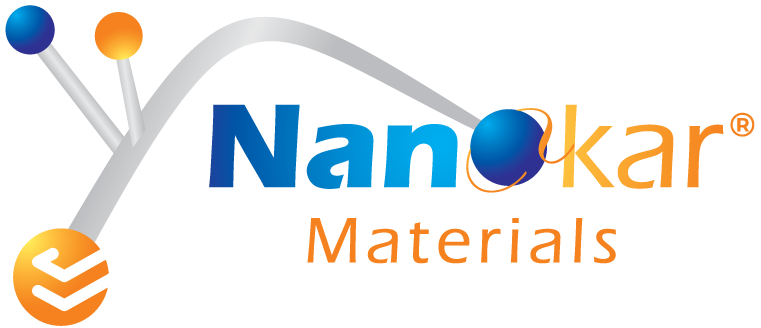What is Cuprous Oxide (Cu₂O) Micron Powder?
Cuprous Oxide (Cu₂O) is a red-colored, inorganic compound of copper that exhibits excellent electrical, optical, and antimicrobial properties. It is widely used in antifouling coatings, semiconductor applications, catalysts, and agricultural products.
Chemical Properties and CAS Number
- Material: Cuprous Oxide
- CAS Number: 1317-39-1
- Molecular Formula: Cu₂O
- Molecular Weight: 143.09 g/mol
- Density: 6.0 g/cm³
- Melting Point: 1235°C
- Solubility: Insoluble in water, soluble in acids
- Appearance: Red to reddish-brown fine powder
- Electrical Conductivity: Semiconductor properties
- Oxidation State: +1 (Cu I)
Applications of Cuprous Oxide (Cu₂O) Micron Powder
1. Antifouling Coatings
Cu₂O is a key ingredient in marine coatings to prevent biofouling by inhibiting algae, barnacles, and other organisms.
2. Semiconductor Industry
Used in thin-film solar cells, gas sensors, and electronic devices due to its p-type semiconductor properties.
3. Agriculture & Fungicides
Acts as a fungicide and bactericide in crop protection, controlling fungal diseases in plants.
4. Catalysis
Utilized as a catalyst in organic synthesis and environmental applications.
5. Pigments & Ceramics
Used as a red pigment in glass, ceramics, and paints.
6. Photovoltaics
Plays a role in solar energy applications due to its optical absorption properties.
Pricing of Cuprous Oxide (Cu₂O) Micron Powder
Pricing depends on purity, particle size, and bulk order quantity:
- Lab-Scale Orders: $50 – $200 per kg
- Industrial-Scale Orders: $500 – $2,000 per ton
- High-Purity Custom Orders: Price varies based on specifications
Factors Influencing Pricing
- Purity level (industrial, reagent, or nanomaterial grade)
- Particle size distribution
- Order quantity (bulk pricing available)
- Application-specific processing
- Packaging and transportation costs
Conclusion
Cuprous Oxide (Cu₂O) Micron Powder is a highly functional material with applications in antifouling coatings, semiconductors, agriculture, catalysis, and photovoltaics. Its unique properties, including antimicrobial and semiconducting behavior, make it indispensable across various industries.
